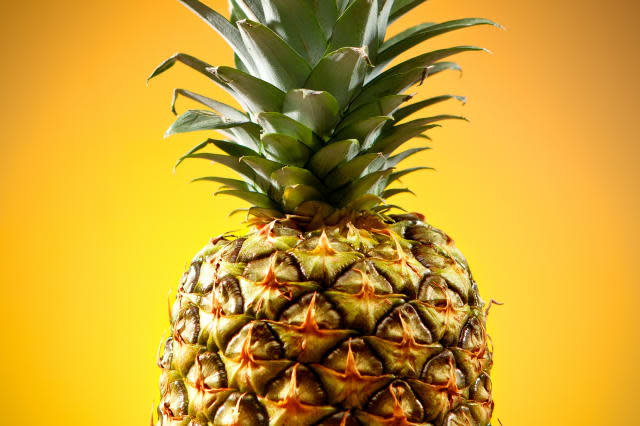Pineapple crisis: prices set to soar in the supermarkets

Pina Colada fans and Hawaiian pizza lovers are set for a terrible summer, because the price of pineapples is rising. Bad weather in Costa Rica has hit the pineapple harvest, which means global supplies have run low, pushing up the price of pineapples in supermarkets across the UK.
Costa Rica is one of the largest pineapple growers in the world, and is responsible for producing 75% of the pineapples that eventually make it to Europe. Too much rain and cold weather means the fruit has taken longer to ripen.
In October, Costa Rica's Turrialba volcano erupted, covering the country in ash, making the situation even worse. It means that the number of pineapples exported from the region has fallen 15% in recent months.
The Grocer magazine has warned that pineapple prices are already at their highest point for three years - up from £1.48 in March to £1.61. It quoted analysts who said that importers are paying £12.38 for 11kg of Costa Rican pineapples - which is up 70% since a year ago.
The good news, however, is that according to the Daily Mirror, the shortage is not set to last. The fruit will eventually ripen, and over the next seven weeks the shortage will turn into a glut, with prices expected to drop significantly by July.
%VIRTUAL-ArticleSidebar-food-guide%
It could be worse...
While big pineapple consumers may feel some financial pain for the next two months, they should count themselves lucky, because traditionally pineapples were something that only the spectacularly rich could afford in the UK.
They were brought back to Europe by early explorers, and became fashionable among European royalty. They were then cultivated in hot houses on the richest estates, and there's a famous painting of Charles II receiving what's thought to be the first cultivated on British soil from his gardener in 1675.
At that point pineapples were the ultimate status symbol, because having one meant you'd had the funds to build a Pinery and the three years of labour to produce the first fruit. To buy one would cost the equivalent of £5,000.
As such a status symbol, they began appearing at lavish dinners. Because of their rarity they were usually used as ornamentation in the centre of the table rather than eaten. Some enterprising tradesman bought pineapples and rented them out to people looking for a unique centrepiece. The same fruit would therefore appear on a number of tables before it started to rot.
So while we might not enjoy having to fork out £1.61 for a pineapple in the next few weeks, it's worth bearing in mind that a few hundreds years ago that sort of money wouldn't even rent you a fruit to look at for half an hour.
Food and drink on AOL Money
Cherry glut on the way - more British fruit in supermarkets
Olive tree disease could cause oil shortage
The out-of-date food experiment: is it any good?




